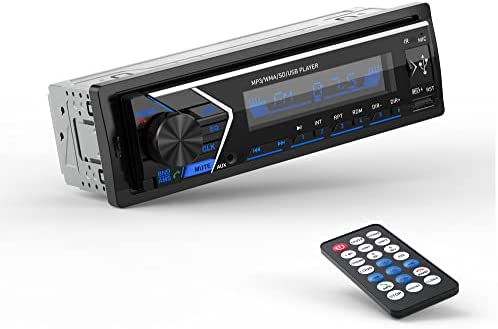The rapid advancement of technology is leading to the obsolescence of standard technologies in nearly every sector. In the auto industry, many of the standard features found in cars over the past couple of decades may be on their way out in favor of newer high-tech alternatives. Here are six car features that could soon be obsolete.
- Car Keys
Traditional cut-metal car keys are slowly being phased out in favor of digital technologies, both for unlocking and starting the vehicle. Button fobs, keypad locks, and long-range keys have all become standard features for a wide range of vehicles on the market. Biometric technologies allow you to unlock and start your car via a face, fingerprint, or retina scan. Push button ignition systems are also replacing turn-key ignitions and will likely become the standard way to start your car.
Many major automotive manufacturers, including General Motors, Honda, Hyundai, Toyota, BMW, Audi, Volkswagen, Mercedes-Benz, and PSA Group, have publicly announced they will eventually move away from traditional car keys in favor of digital alternatives.
- CD Players
CD players were a standard radio feature in vehicles as recently as a decade ago, with many automakers offering CD changers that held five to 10 compact discs and the ability to shuffle between them. The CD player evolved from the in-deck cassette player and 8-track players of previous decades. Today, all three formats have essentially become obsolete in favor of digital files and streamed music.
Most modern vehicles do not come with a CD player as a standard feature, but some automakers offer them as an option. Satellite radios, smart systems with streaming services, and auxiliary cords that allow you to play music from your phone have made CD players in cars virtually obsolete. In all likelihood, the last few automakers that offer CD players will likely transition away from them completely.
- Mechanical Parking Brakes
Mechanical parking brakes have been a standard safety feature in cars for decades. However, electronic parking brakes are beginning to surpass them as the predominant option.
While early electronic brakes needed to be turned on with the press of a button, many modern parking brakes engage automatically. Plus, electronic parking brakes turn off automatically if the car is in drive mode. In the past, drivers have made the mistake of driving with the mechanical parking brake engaged, but this is not an issue with electronic parking brakes.
The mechanical parking brake may not become completely obsolete anytime soon, however. It is still preferred by some drivers due to its unique advantages. For example, mechanical parking brakes are easier to repair compared to electronic parking brakes, which require specialized equipment and knowledge. Mechanical parking brakes also allow drivers to perform handbrake turns, while electronic parking brakes do not.
- Full-Size Spare Tires
Automakers have begun to prioritize maximizing cargo space and making interior packaging more efficient. This had led to a decline in full-size spare tires for smaller models such as compact sedans and hatchbacks. These models often feature space-saver or donut tires, which are smaller and narrower than the full-size factory wheels. Some models do not even come with a spare tire and instead provide a tire repair kit.
Most modern tires are manufactured to “run flat,” which means they can continue on the road for over 100 miles following a puncture, thanks to an inner tube. This makes spare tires unnecessary clutter for many drivers.
Full-size spares are still standard for SUVs and pickup trucks, but they are typically stored underneath the car to save interior space.
- Antennas
Antennas were once an expected feature on cars of all budget levels, but external antennas have become virtually obsolete in modern vehicles. The wire antennas that typically stuck up from the front hood of vehicles have been replaced by shark fin-style antennas, which take up less space and are more powerful. These new antennas are even capable of picking up satellite radio signals.
Nevertheless, the shark-fin antenna may be on its way to obscurity as well. New vehicles commonly come with antennas built directly into the vehicle’s infotainment system, without any exterior presence. These interior antennas are also more powerful than classic wire antennas.
- Digital Speedometers
While most vehicle technologies are moving from analog to digital, speedometers are going in the other direction. Digital speedometers became trendy in the late 90s and early 2000s, but most new models have reverted to the traditional analog needle system. Some new models use head-up digital displays with digital needles, but the days of speedometers with digital numbers are essentially over.
Needle-based speedometers are easier to read and less distracting for drivers. Most motorists do not like the digital number system. In addition, these digital displays often wear down over time and become washed out when exposed to direct sunlight, which makes them difficult to read.
